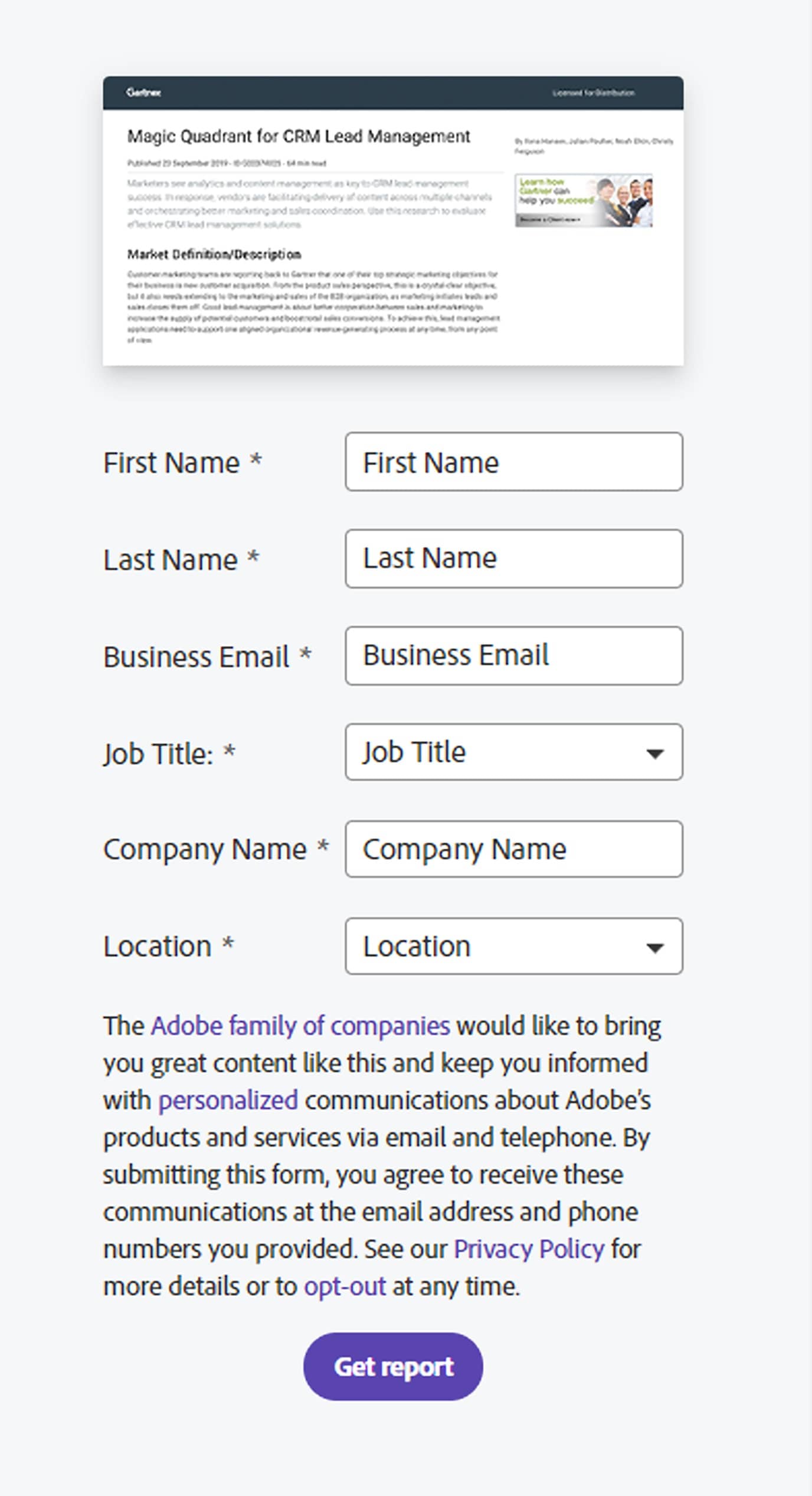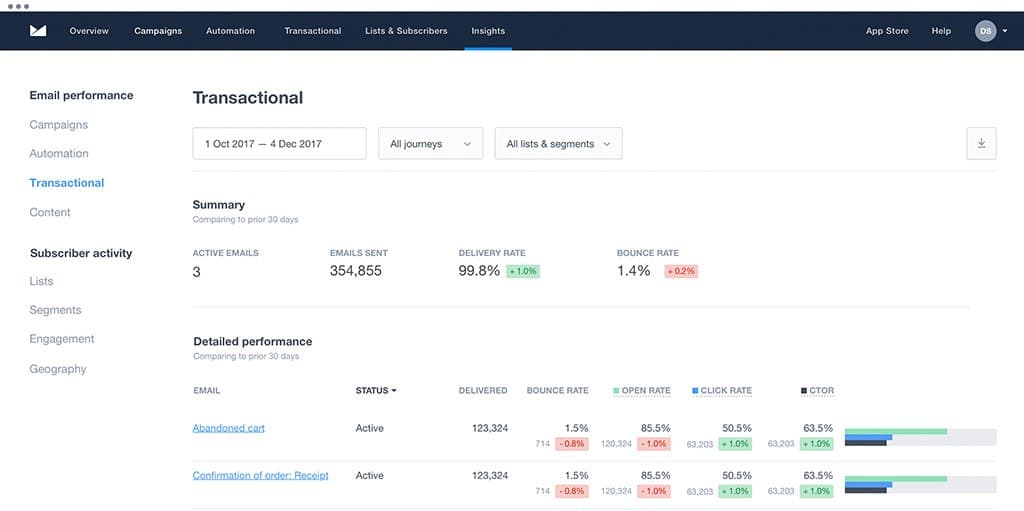How Emails Improve Your Inbound Marketing Strategy
How can an inbound marketing strategy be created? Is email marketing a consideration? Let’s take a look at inbound marketing and see how you may communicate with your consumers more authentically.
What exactly is inbound marketing strategy?
Inbound marketing is a company strategy that draws customers by creating customized experiences and material that is tailored to their specific requirements. Building long-lasting connections with customers via content production and segmentation can eventually raise your bottom line and increase conversion duration.
A strong inbound marketing plan must have three components:
- Attract: your target audience by providing high-quality content that positions your company as a recognized thought leader.
- Engage: Present solutions that address your audience’s problem concerns, increasing their likelihood of purchasing from you.
- Delight: Give your consumers the tools they need to appreciate their purchase and keep connecting with your brand.
How to Implement Email in Your Inbound Marketing Strategy
There are several moving components in an effective inbound marketing plan. Many marketers, however, underestimate email marketing’s ability to engage opted-in prospects, nurture their user experience, and drive final conversions. While email may be used for both outbound and inbound marketing, it is most effective at engaging consumers who have previously shown interest in your organization.

Here’s the most effective technique to create an email inbound marketing campaign.
Determine your target audience and objectives
Understanding your target audience’s demographics and pain issues is essential for producing effective email marketing. Which prospects are most likely to buy your services or products? When limiting down your audience, consider the following questions:
- How does your brand deal with problems?
- What are their likes and dislikes?
- What is their profession, and how does it influence their decisions?
- How old are they?
By answering these questions and creating customer profiles, you can produce more focused and relevant marketing that will drive sales from your subscriber list.
Organically build a high-quality subscriber list
A huge list of email subscribers to message is required to have a strong inbound marketing campaign. However, quantity is not necessarily synonymous with quality. Subscribers who opted in to your list and demonstrated interest in your brand should be on your email list.

Building an email list from beginning might take time, and you’ll need to plan tactics to persuade prospective subscribers. While a simple “join our list!” statement in the bottom of your website may have sufficed in the past, current customers will analyze your value proposition before voluntarily handing up their information.
Divide subscribers into more relevant groups
You need to segregate like-minded persona types so you can offer more focused communications now that you have a subscriber list full of qualified prospects. You may begin by categorizing your list by intent: prospects, prior customers, leads close to making a buy, uncertain, and so on. Understanding the phases of purchasing will allow you to communicate more effectively and address their requirements.
For example, if you know a subscriber is about to make a purchase, you may offer discounts to encourage them to do so. Send an integrated welcome series that exposes them to your value and onboarding information if they are new to your brand.
Aside from classifying your audience by lead funnel, you can also segment them by demographics, region, purchasing history, website activity, and more.
Determine the kind of email you want to send
You may send many forms of inbound marketing emails to your subscribers in order to engage and convert them. While your audience segmentation will determine this, consider the following email kinds to get started:
- Welcome letters allow subscribers to get to know you better while also setting expectations for future email campaigns.
- When a subscriber buys a product and the order is sent, transactional emails send an automated notification email to keep them up to speed on critical changes.
- Newsletter emails inform your subscribers about current events, product changes, or news in order to increase brand recognition.

After you’ve determined your email type, you’ll need to start designing your emails in order to achieve high open and click rates. To keep your subscribers coming back for more, pay close attention to your subject lines, design style, and message.
Determine your target audience and objectives
Following each campaign, it is critical to track the ultimate performance outcomes. Email metrics not only allow you to assess the performance of your campaign, but they also allow you to get insights on how to enhance future communications.
Here are some metrics to consider:
- The total number of emails that were opened is referred to as the open rate.
- The total number of clicks that occurred after your email was opened is referred to as the click-through rate.
- Bounce rate: the average number of subscribers who could not be reached.
- The proportion of emails delivered divided by the total number of emails sent is known as the delivery rate.

You may experiment with subject lines, headlines, photos, layout, and other elements. Send the high-performing email to the rest of your subscribers if you discover your section reacts strongly to one message over another.
Conclusion
Now that you understand what an inbound marketing strategy is and how email marketing plays a crucial part in it, it’s time to create your own. A successful plan, on the other hand, will not develop with time. You must invest time, patience, and resources to begin seeing the results of your effort.
To create a strong inbound marketing funnel using email, you must:
- Set objectives and target the correct audience.
- Create a qualified subscriber list.
- Segment your audience according to their demands.
- Choose the appropriate email kinds for your subscribers.
- Keep track of performance metrics.
As an extra bonus, here is a video by Jordan Platten discussing top marketing methods for all brands.






Recent Comments